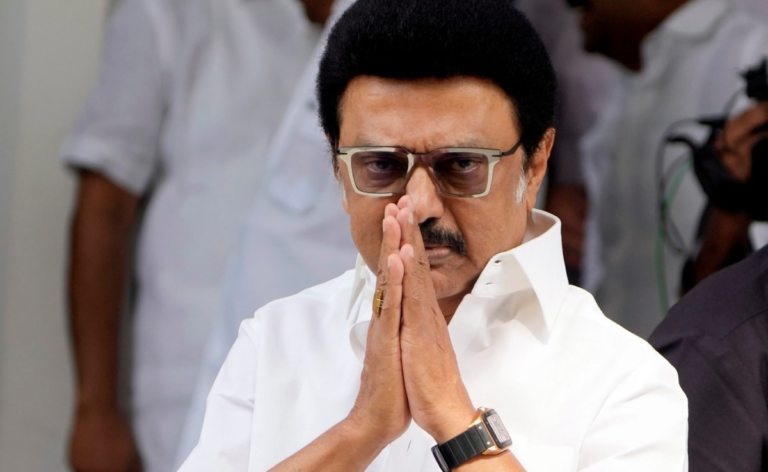
The India AI Mission, approved by the Cabinet on Wednesday, could give Artificial Intelligence (AI) development in the country the quantum leap it needs. The mission eyes a comprehensive bolstering of the AI ecosystem — from setting up adequate computing power to facilitating access to anonymised datasets, even establishing a pipeline for AI talent. India’s size and diversity make it imperative for AI development to happen in a way in which the private sector is able to leverage sovereign capabilities. To that end, the mission aims to catalyse the setting up of 10,000-30,000 graphics processing units (GPUs) through a 50% viability gap funding for private sector players. Further, the vast datasets of anonymised information that the government has are to be used for training foundational models with a capacity of more than 100 billion parameters. The mission also envisages seed funding for AI startups.

These measures will undergird private sector efforts in areas where AI can be deployed for the larger good. While AI deployment by corporations would most likely be limited to areas of their business interests, the necessity for AI applications in agriculture, health care, and education is already being felt. Access to vast datasets and cost-offsets are much-needed catalysts for private sector forays in these areas. All of this will require a robust talent pipeline. The mission’s IndiaAI FutureSkills component will focus on lowering entry barriers into AI programmes and driving the expansion of AI courses at the tertiary education level.
The signalling value of the mission, especially for attracting investment, is seminal. India places last among the top 15 geographies for AI development and capabilities as per an analysis published in the Harvard Business Review by researchers affiliated with Tufts University and has a significant gap with leaders such as the US and the UK as well as China. Given how AI capabilities are already starting to have a significant influence on countries’ growth trajectories, India can’t afford to let the gap remain unbridged or, at the least, significantly narrowed. More so, when China is readying a $1.5 trillion pipeline for investment in AI innovation by 2030 and has the world’s largest internet-using population with concomitant data generation and consumption.
Beyond the obvious gains, the mission makes the government a facilitator of AI development even as it remains the regulator (as sovereign). These competing focuses will likely make the government more responsive to challenges and opportunities and thereby, lead India down an optimal path that balances innovation and regulation for AI security. AI regulation has been a particularly difficult knot to untie. On one extreme is the EU’s overly restrictive regime, while on the other is the UK’s light-touch regulation. The US has chosen the middle path, of leveraging the government’s role as the biggest user of AI to set up guardrails for the private sector. A similar approach could evolve from the government collaborating closely with the private sector and academia, as the India AI Mission envisages — even as the Telecom Regulatory Authority of India had issued a consultation paper last year, calling for a “risk-based framework” like the EU’s.
Continue reading with HT Premium Subscription
Daily E Paper I Premium Articles I Brunch E Magazine I Daily Infographics








